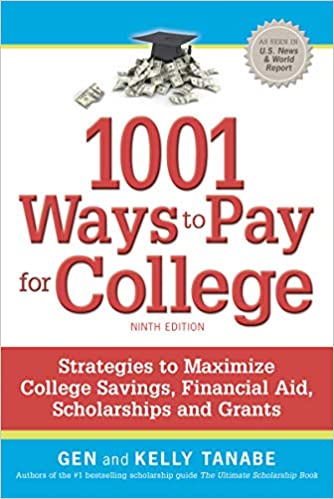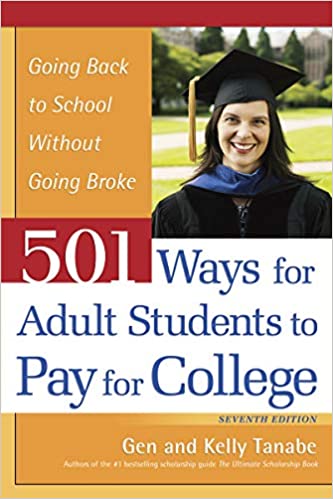8
Work and learn through cooperative education programs.
Would you like to make college more affordable while gaining valuable work experience? Cooperative education programs, known as co-ops, allow you to work and go to school at the same time. Plus, cooperative education gives you the benefit of having work experience before you graduate, not to mention earning a paycheck without missing out on the college experience.
Co-ops work because companies, governments and non-profit organizations agree to offer real jobs to students. Job assignments are managed by the college, and students are matched with jobs that fit their majosr or are in career areas that they wish to explore. Each year more than 50,000 employers hire college co-op students in nearly every field of work.
The best way to learn more about co-ops is to speak to the cooperative education office at the college you are attending or plan to attend. Also visit the web site of the National Commission for Cooperative Education at http://www.co-op.edu to learn more about co-op education. With cooperative education you can work while attending college and even graduate with a year or more of actual work experience on your resume.
9
Get your employer to pay.
Many companies have tuition assistance programs that are designed to help workers take courses while still holding down full-time jobs. Course content must usually relate to the employee's job to qualify for assistance, and it is normally expected that completion of the coursework will make the employee a more knowledgeable and efficient worker. It's worth asking your manager if your company offers a tuition assistance program. You may be able to go to school while working and also get your company to help pay for it!
10
Combine part-time and full-time study.
What's great about being a part-time student is that you can build up credits while still maintaining the job that not only supplies your living expenses but your tuition. After you have built up enough credits through summer, night or weekend programs, you may find that you want to finish off your degree in one or two years of full-time study. This might be especially useful if you are looking to change jobs after graduation anyway.
By combining part-time and full-time study, you fund your part-time education through work and then you use your savings, borrow or win scholarships to pay for your last year or two of full-time education. You will graduate with a degree from a four-year college and have saved yourself many years of tuition payments.
As an adult or graduate school student, you may have the option to work and study at the same time. This enables you to earn some income while also paying your bills. The key is to find a program and job that are compatible. This may take some dedication and even some compromise. But the reward is that you can get your education without going broke!



